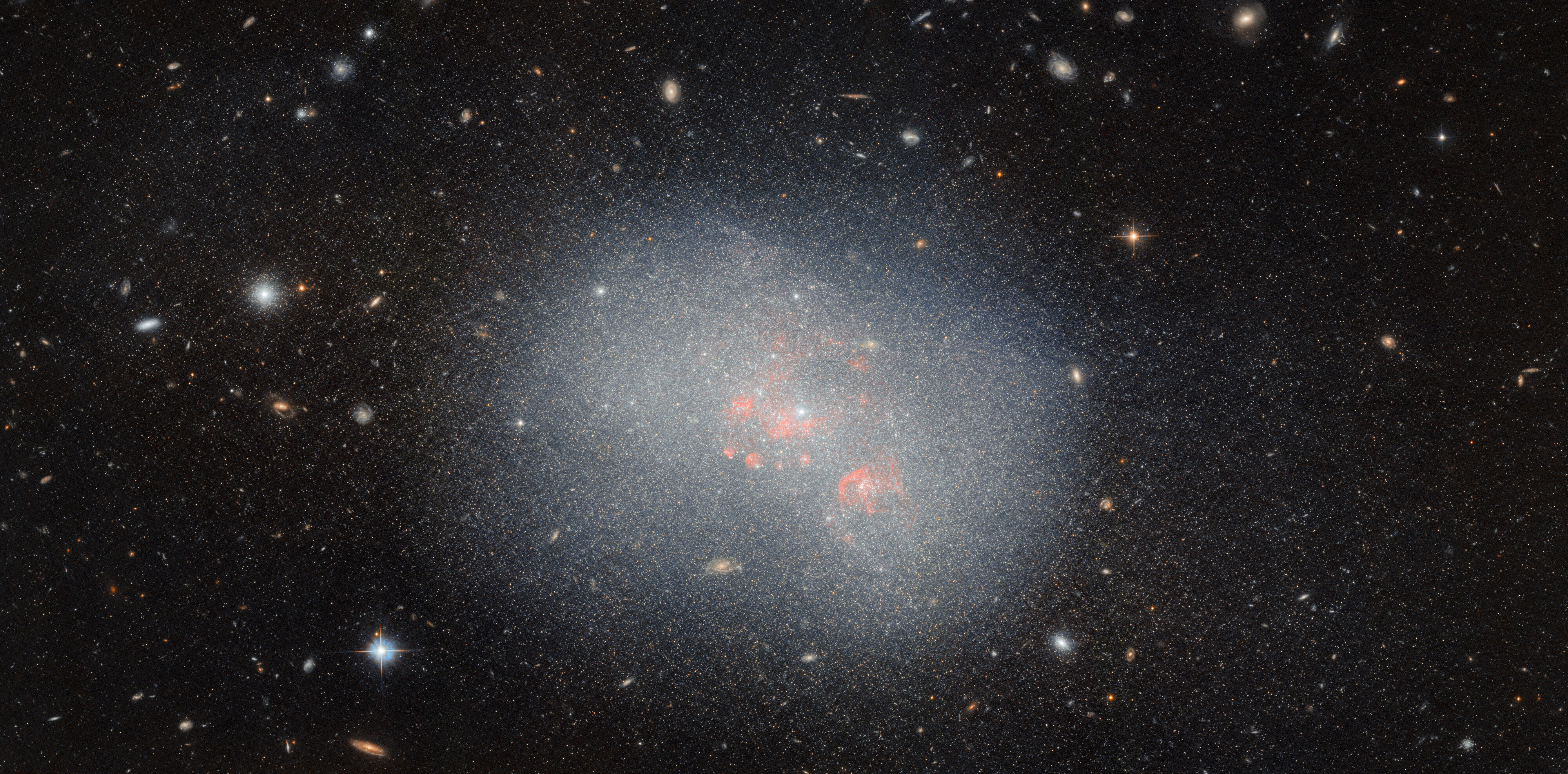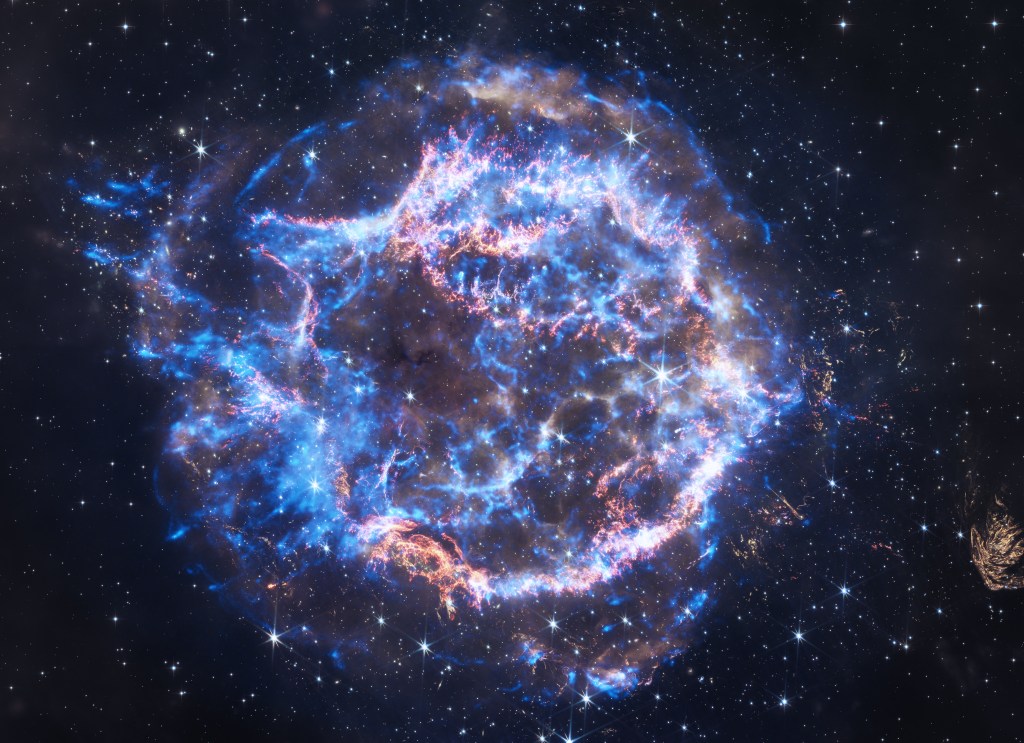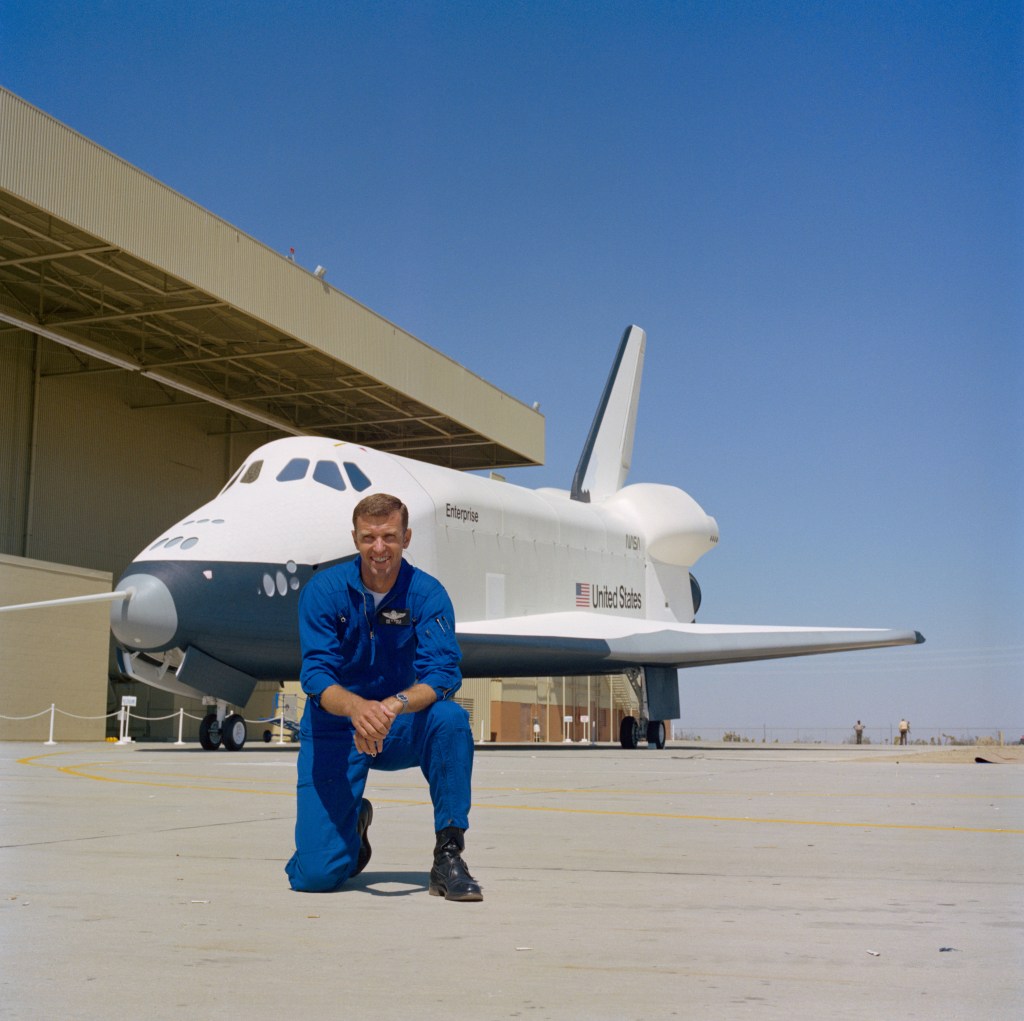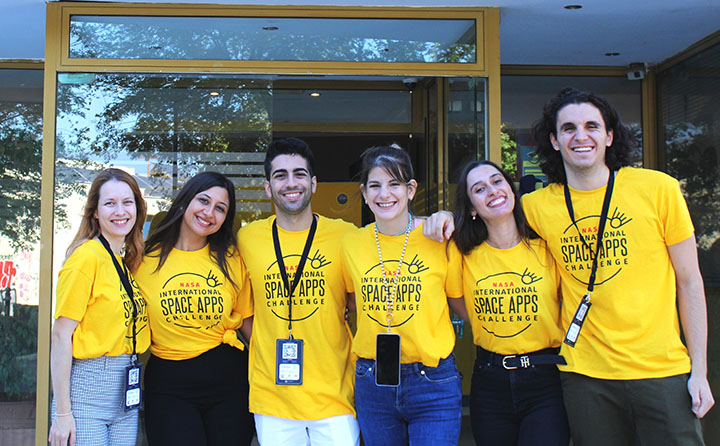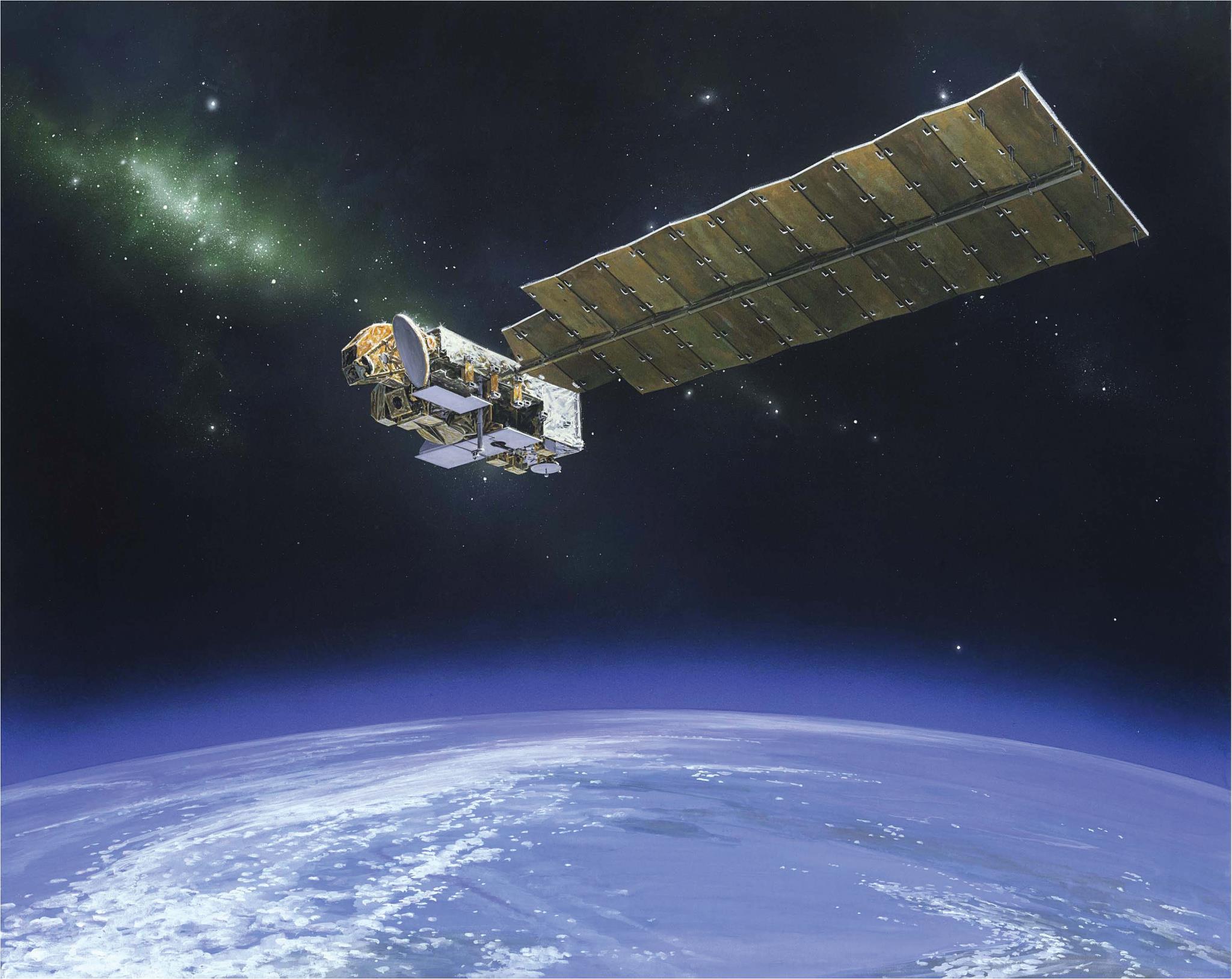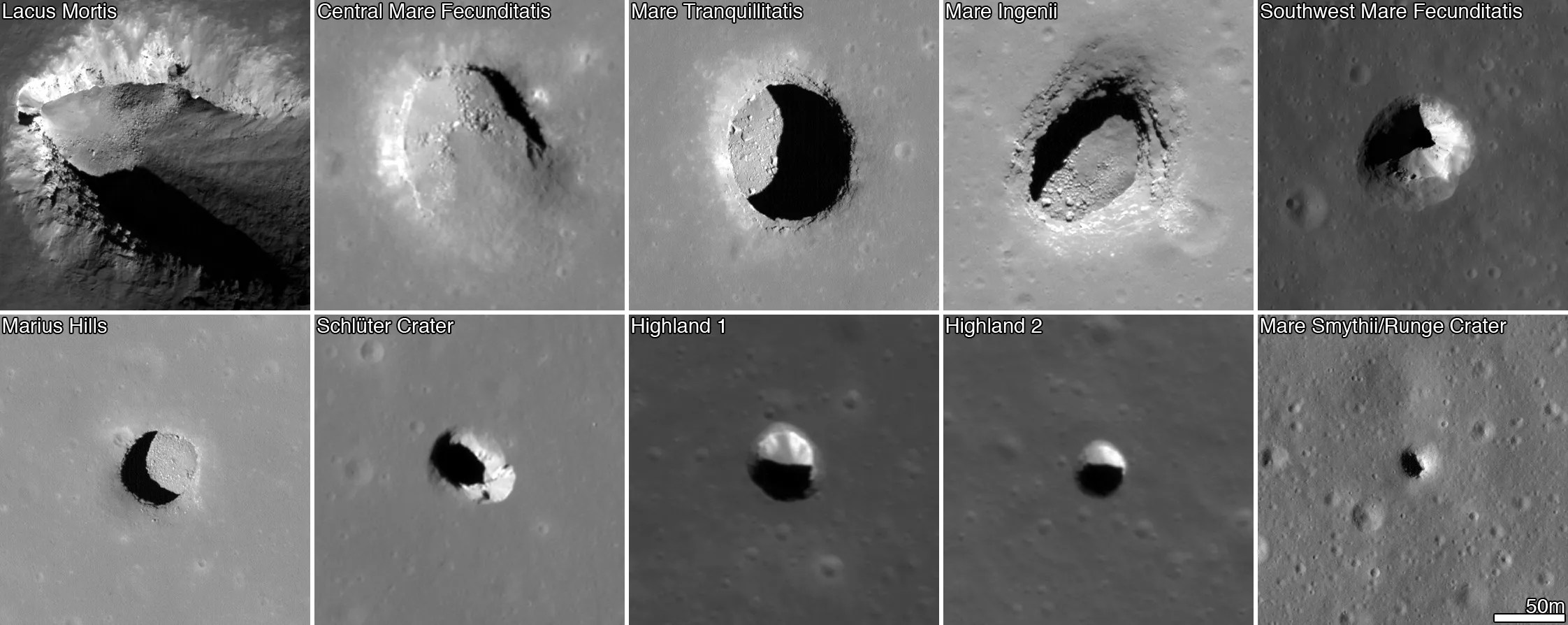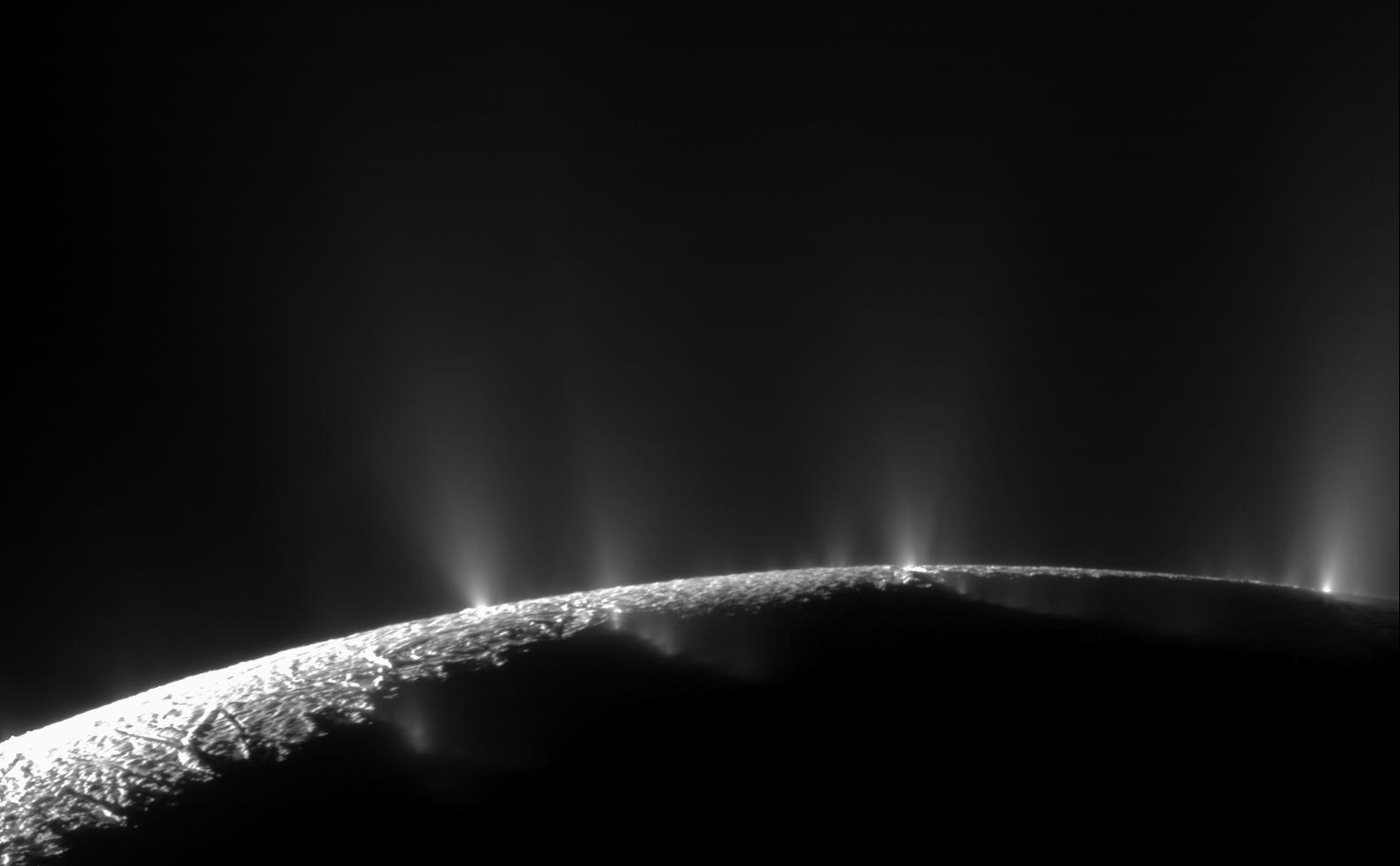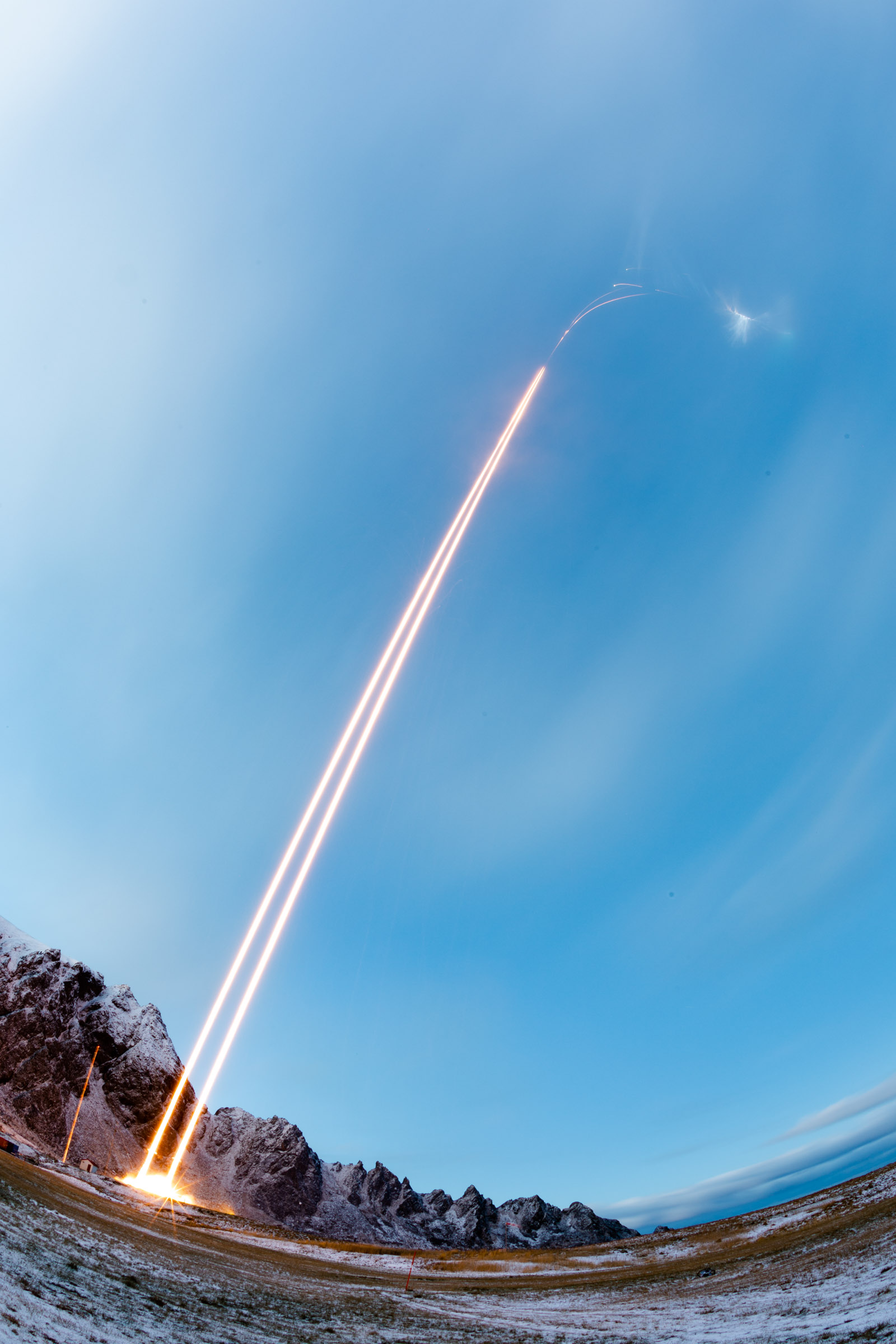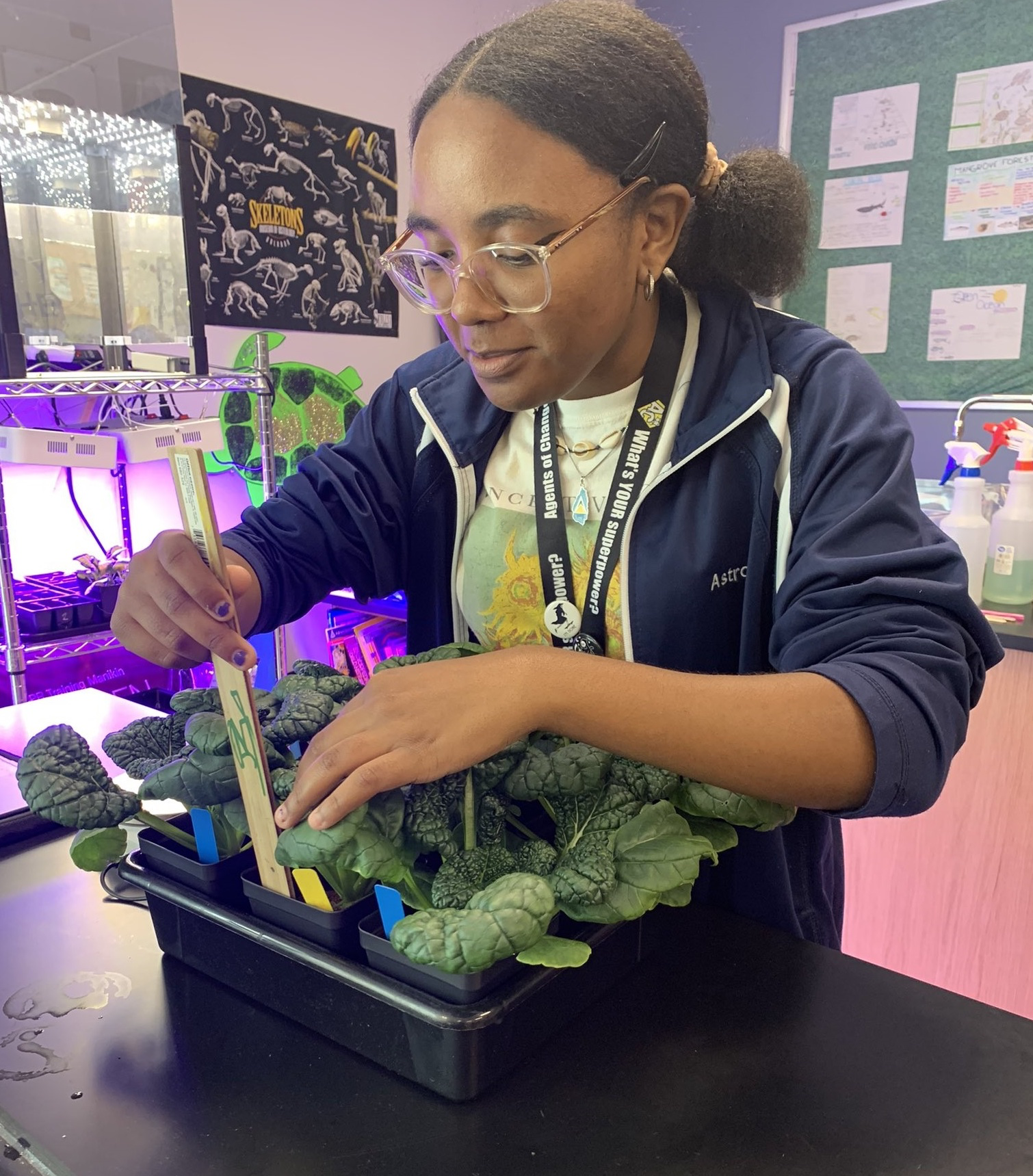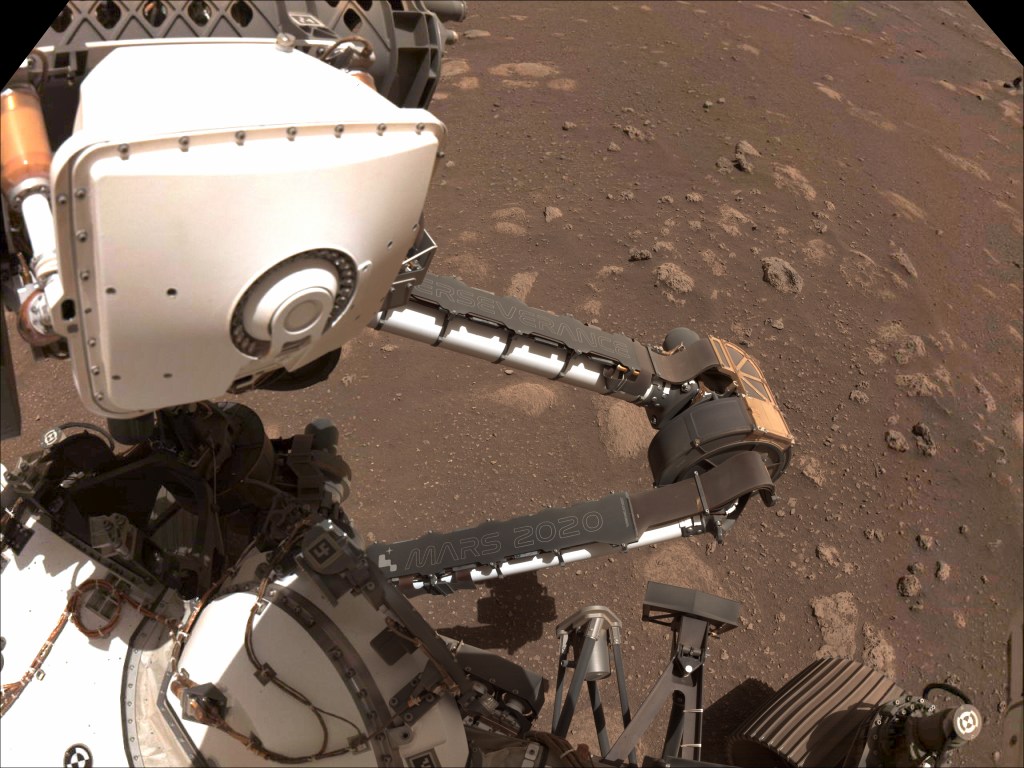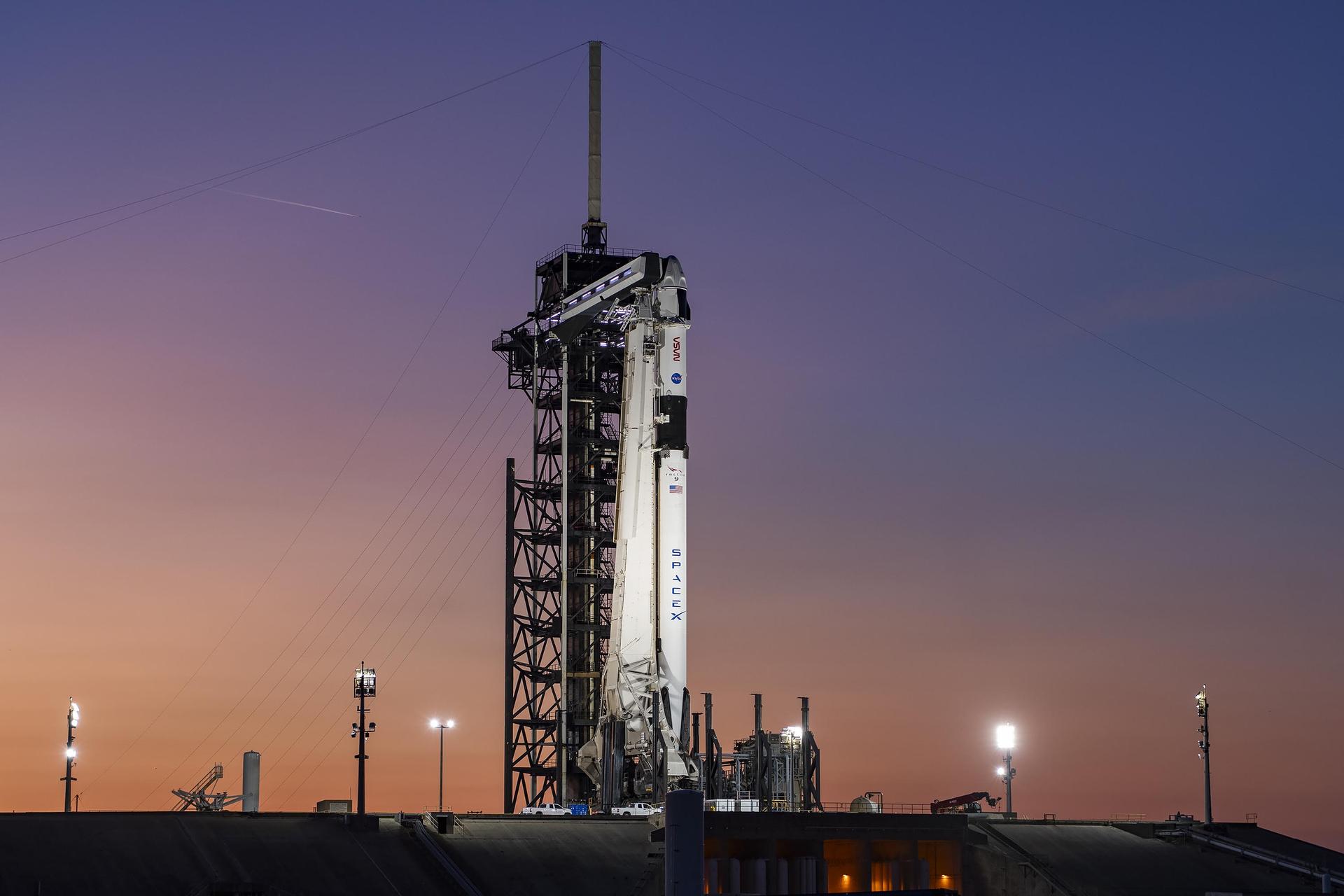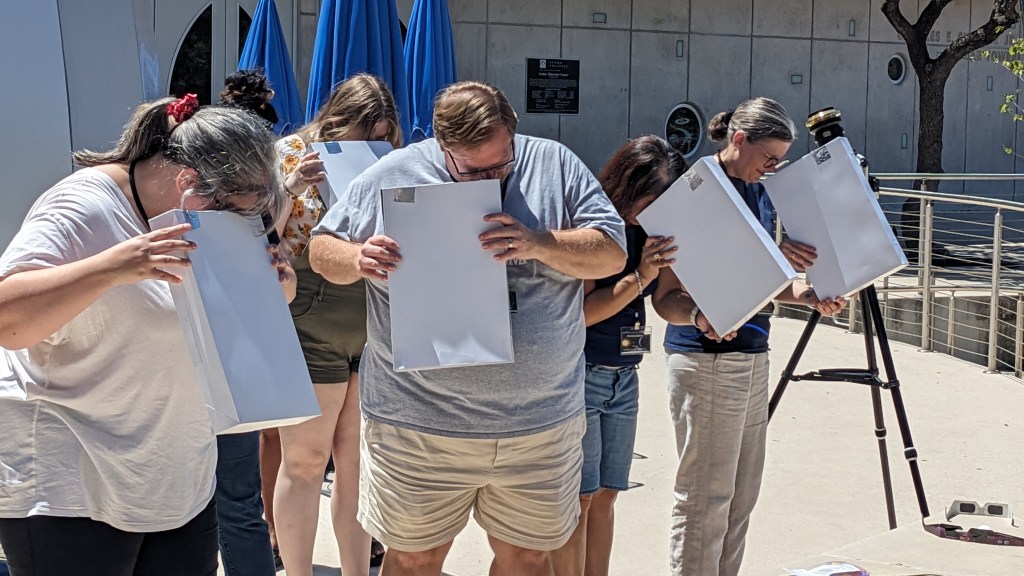NASA News
National Aeronautics and
Space Administration
John C. Stennis Space Center
Oct. 8, 2004
Stennis Space Center, MS 39529-6000
MBO-04-092
NASA Public Affairs Office
(228) 688-3341
FOR IMMEDIATE RELEASE
THIRD SPACE SHUTTLE MAIN ENGINE
FOR RETURN TO FLIGHT MISSION SHIPS TO KENNEDY SPACE CENTER
HANCOCK COUNTY, Miss. – On Oct. 5, NASA’s John C. Stennis Space Center (SSC) shipped the last of the three Space Shuttle Main Engines (SSMEs) to NASA’s Kennedy Space Center (KSC) for installation on Space Shuttle Discovery for its STS-114 mission. This mission is NASA’s return to flight after the loss of Space Shuttle Columbia in 2003 and is expected to launch in 2005.
The Shuttle Discovery’s three engines were tested and proven flight-worthy at SSC, passing final acceptance tests on March 26, July 16 and August 19 of this year. Since 1975, SSC has test-fired all the Space Shuttle’s Main Engines. “For almost 30 years, the safety and reliability of the Space Shuttle Main Engine has been demonstrated through testing at Stennis,” said SSC Center Director Adm. Thomas Q. Donaldson V, USN (Ret.). “We can all watch Discovery lift off with the pride of a job well-done, and the confidence that those engines will perform as flawlessly as ever.” The Rocketdyne Propulsion and Power division of The Boeing Co. of CanogaPark, Calif., manufactures the SSMEs. Pratt and Whitney, a United Technologies Company of West Palm Beach, Fla., builds the high-pressure turbopumps. NASA’s Marshall Space Flight Center in Huntsville, Ala., manages the Space Shuttle Main Engine project for NASA’s Space Shuttle Program. Developed in the 1970s, the reusable SSME is 14 feet long, weighs about 7,000 pounds, is 7&fraq12; feet in diameter at the end of its nozzle and generates nearly 400,000 pounds of thrust, equal to about 12&fraq12; million horsepower. In recent years this highly reliable engine has been enhanced with a large-throat main combustion chamber, which was developed to reduce operating temperature and pressures, as well as a new high-pressure fuel turbopump. Rigorous testing is done to verify that an engine is ready to fly. During testing at SSC, the engines are mounted vertically on 185-foot-tall stands for test-firing. Instruments are added, then the engines are hot-fire tested for durations as long as 520 seconds (8&fraq12; minutes), the amount of time it takes to lift the Space Shuttle into space. During the 520-second test, approximately 132,000 gallons of liquid hydrogen and 49,000 gallons of liquid oxygen are consumed. After testing, the engines are removed from the stand and inspected internally. After engines pass all tests and inspections, they are weighed, subjected to a formal acceptance review, then shipped to KSC for installation on the Shuttle’s orbiter. For shipping, each engine is enclosed in a metal container, then lifted onto a flatbed tractor-trailer for its cushion-ride to KSC. Components of the STS-114 mission’s engines were assembled first at KSC, then shipped to SSC for testing.
-END-
News releases provided by NASA’s Stennis Space Center are available at https://www.nasa.gov/centers/ssc/news/newsreleases/2004. For more information, call the NASA Public Affairs Office at Stennis at 1-800-237-1821 in Mississippi and Louisiana only, or (228) 688-3341.
2004 News Releases



